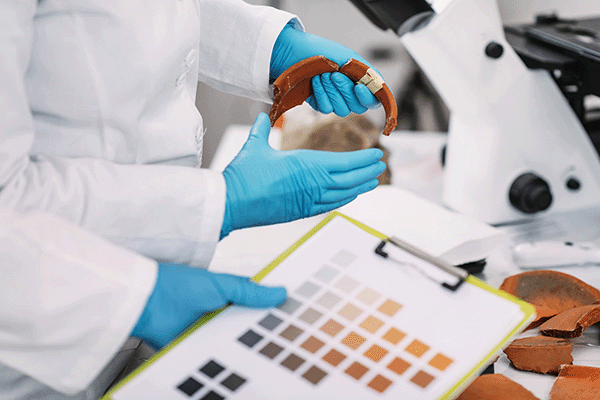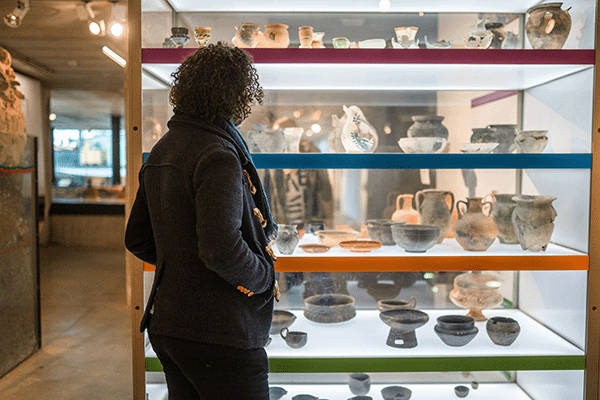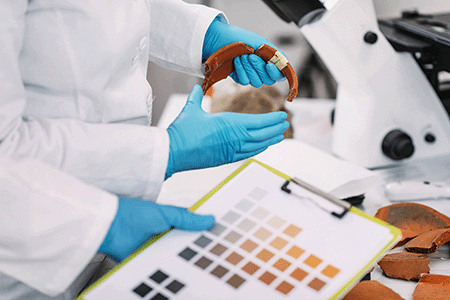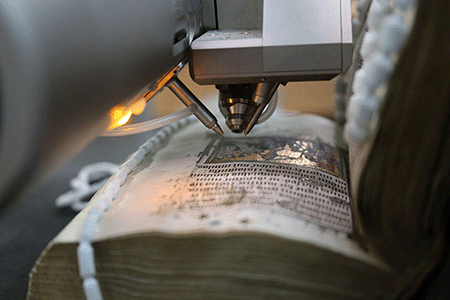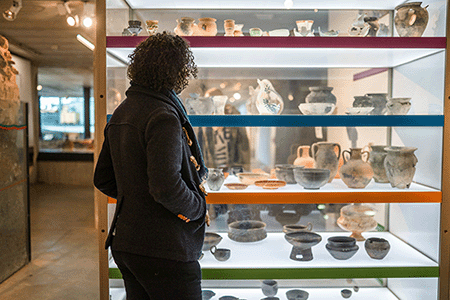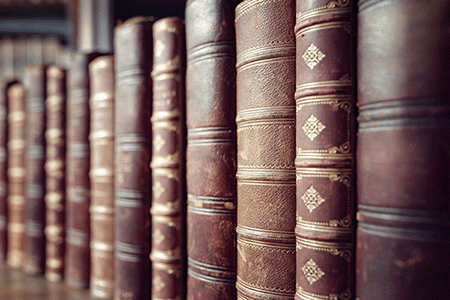Advancements in analytical techniques are transforming the study and conservation of historical artefacts. A recent collaborative study led by the Science and Technology Facilities Council (STFC), the Natural History Museum in London and Agilent Technologies has introduced a novel method to identify the chemical composition of preservation fluids in historic specimens, without opening their containers.
Published in ACS Publications on 21 February 2025, this research presents a non-invasive approach that enables scientists and conservators to analyse valuable specimens while maintaining their integrity. This is particularly crucial for historical collections, some dating back to the Victorian era where fluid compositions may be undocumented or altered due to evaporation.
The significance of preserved specimens
Historic specimens serve as critical resources for understanding past civilisations, biodiversity and climate conditions. However, the preservation fluids that safeguard these specimens can degrade over time, leading to uncertainty regarding their composition. Ensuring the longevity and proper documentation of these collections requires precise and non-destructive analytical methods.
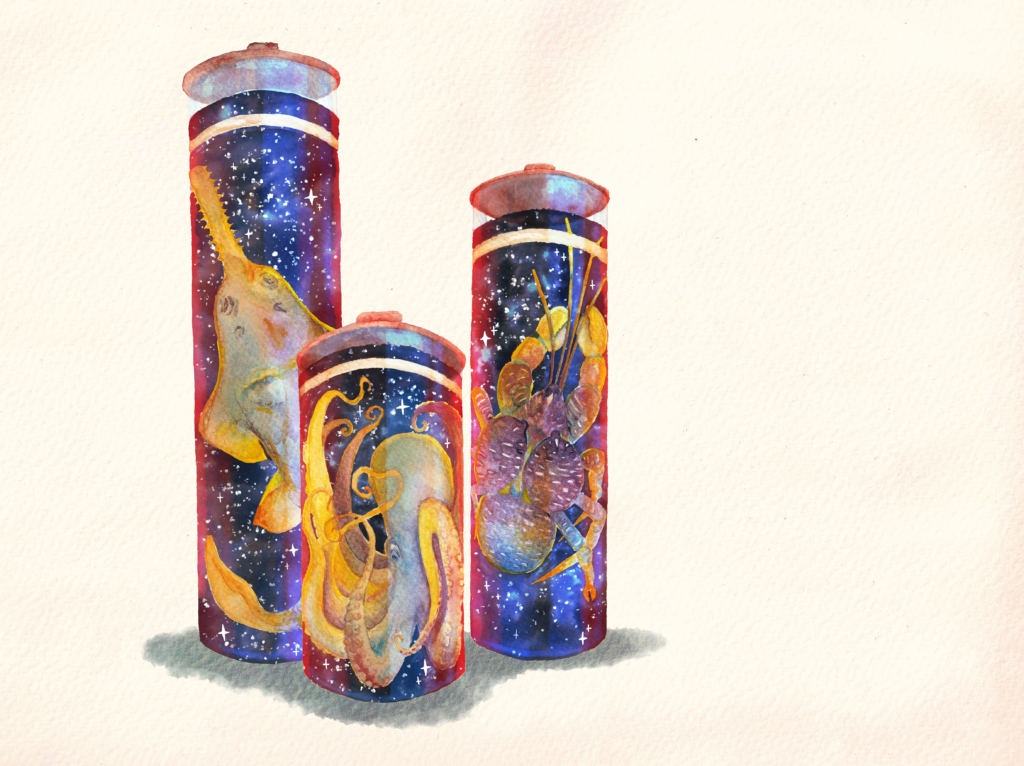
Advancing conservation and heritage science with SORS Technology
The study employed Spatially Offset Raman Spectroscopy (SORS); a powerful analytical tool capable of identifying chemical compositions through opaque materials. By directing laser light into a sealed container and analysing the resulting wavelengths, SORS enables researchers to determine the contents of historic jars without physical interference. Originally developed at STFC’s Central Laser Facility, SORS technology is widely used in security screening, such as airport scanners. Now, this proven method is being adapted for heritage science, offering conservators a reliable means to study fragile collections.
This is not the first instance of SORS technology being applied to historical research. A related technique, micro-SORS, was successfully used in a prior study to non-invasively examine sealed historic letters. This application demonstrated the technology’s ability to analyse layered materials, much like its current role in investigating preservation fluids through glass containers.
Implications for museums, conservation and heritage science
The study confirms that SORS can effectively determine the dominant chemical components in preservation fluids without opening historic jars. Additionally, the technique can differentiate between varying concentrations of substances in water-based solutions, further enhancing its utility in conservation science.
Sara Mosca, Raman Spectroscopy Scientist at STFC CLF, emphasised the significance of this breakthrough:
“It has been a privilege to contribute to this innovative research, applying our SORS expertise to uncover a valuable new application for this technology within the heritage science community.”
Chelsea McKibbin, Senior Conservator at the Natural History Museum, highlighted the practical benefits of the technique:
“After many years of seeking an appropriate analytical approach, it is exciting to be part of this project. Applying this technique to historic fluid-preserved collections, where minimal intervention is paramount, will not only be invaluable for collection knowledge but also inform future conservation strategies.”
The future of non-invasive heritage science analysis
This advancement presents significant benefits for museums, research institutions, and conservationists worldwide:
- Preserved specimens remain intact while still yielding critical data.
- Collections can be more effectively catalogued and understood without risk of contamination.
- Future conservation strategies can be optimised based on precise chemical analysis.
As SORS marks its 20th anniversary, its expanding role in heritage science underscores the power of non-invasive technology in preserving our cultural and scientific history. This research represents a promising step forward in conservation efforts, ensuring that valuable specimens remain protected while their secrets are revealed through innovative scientific methods.

